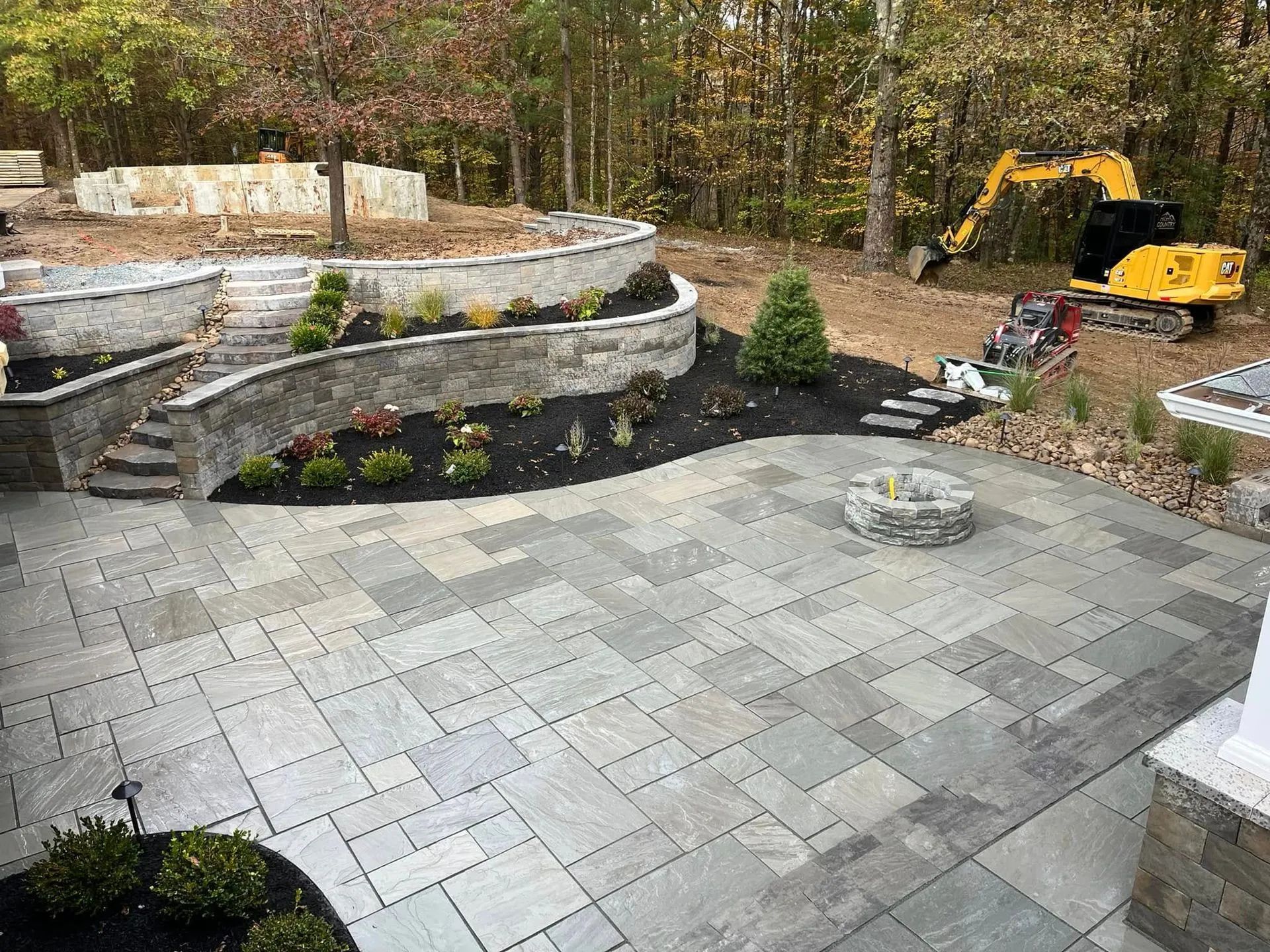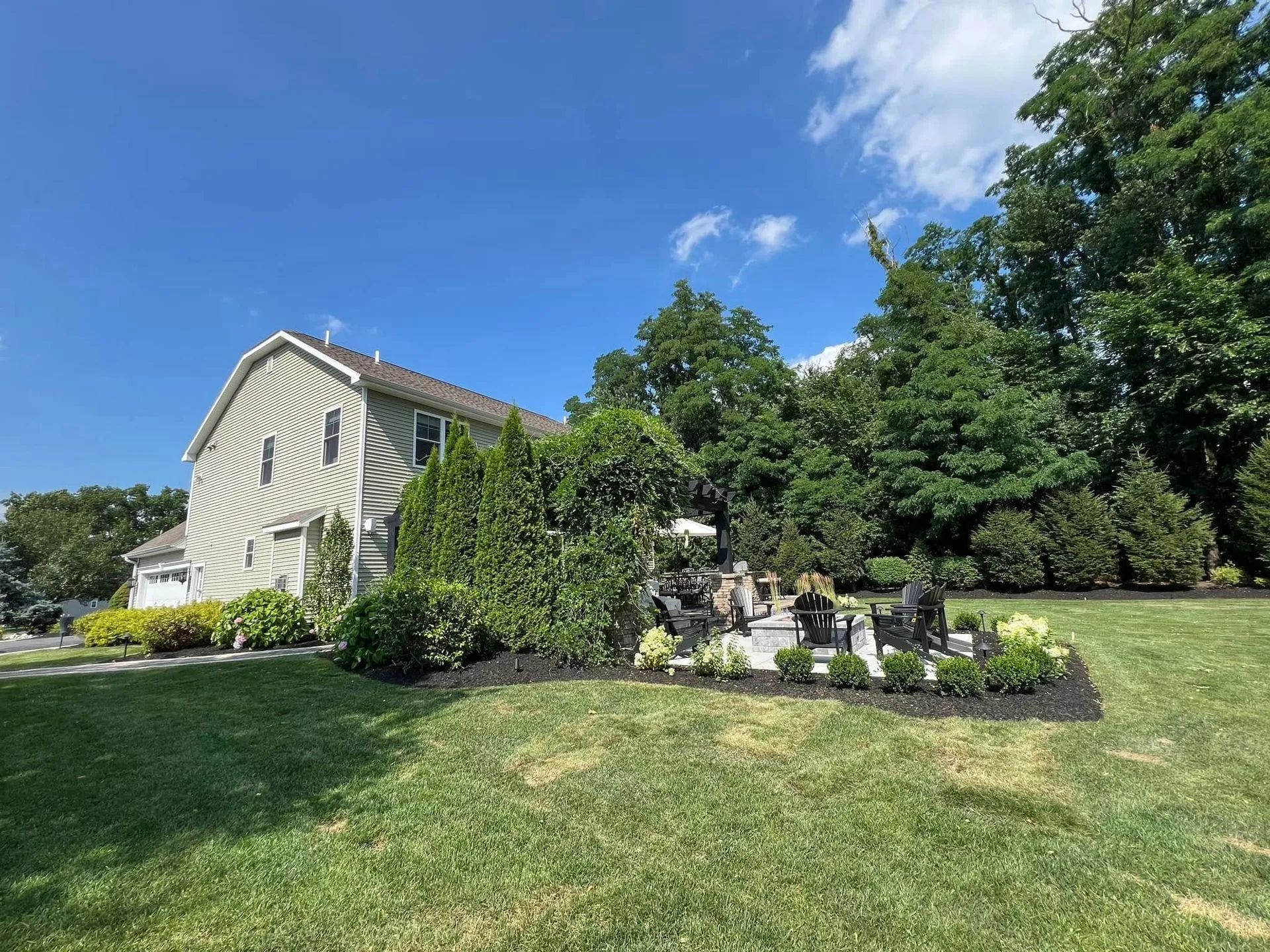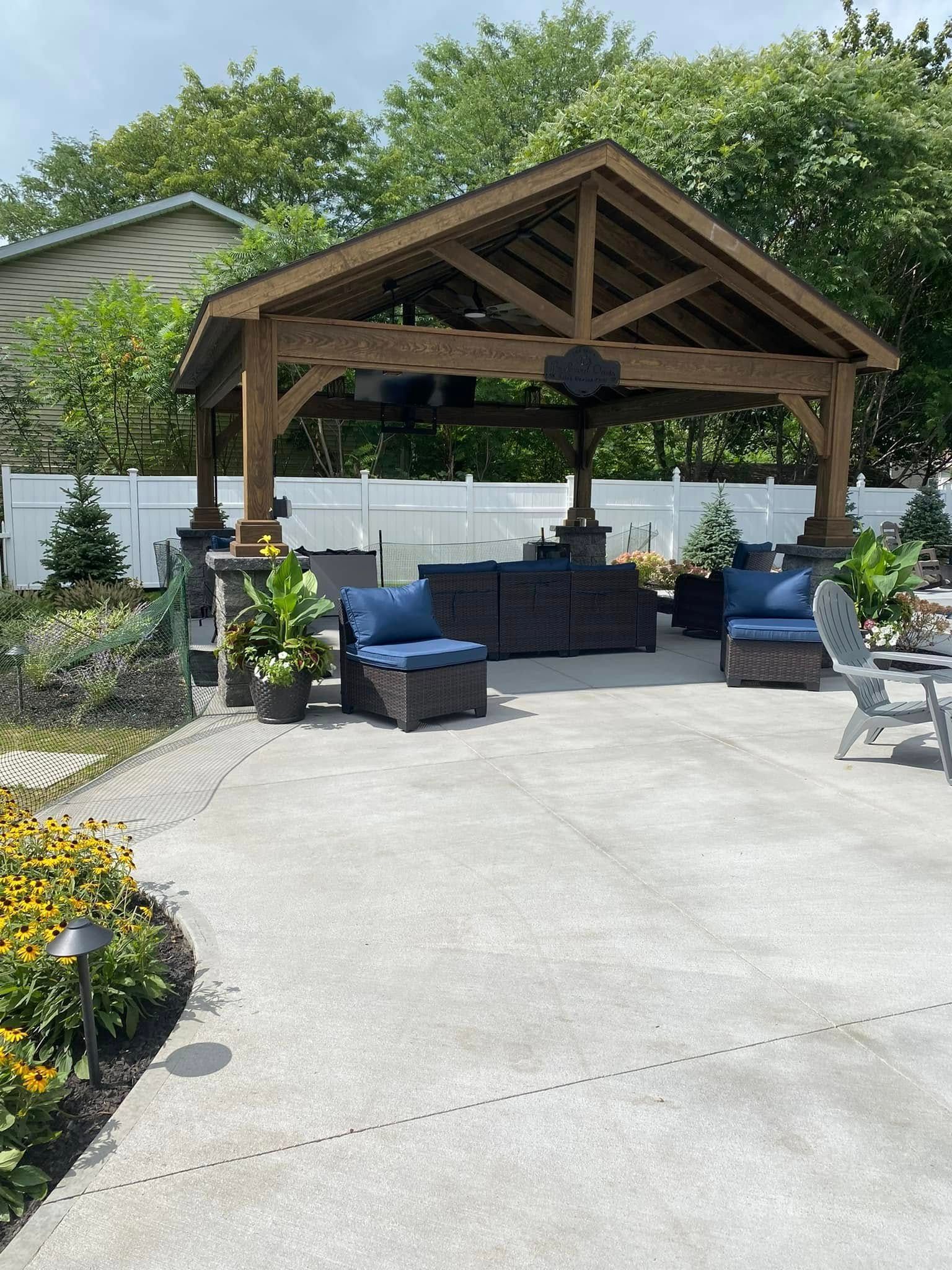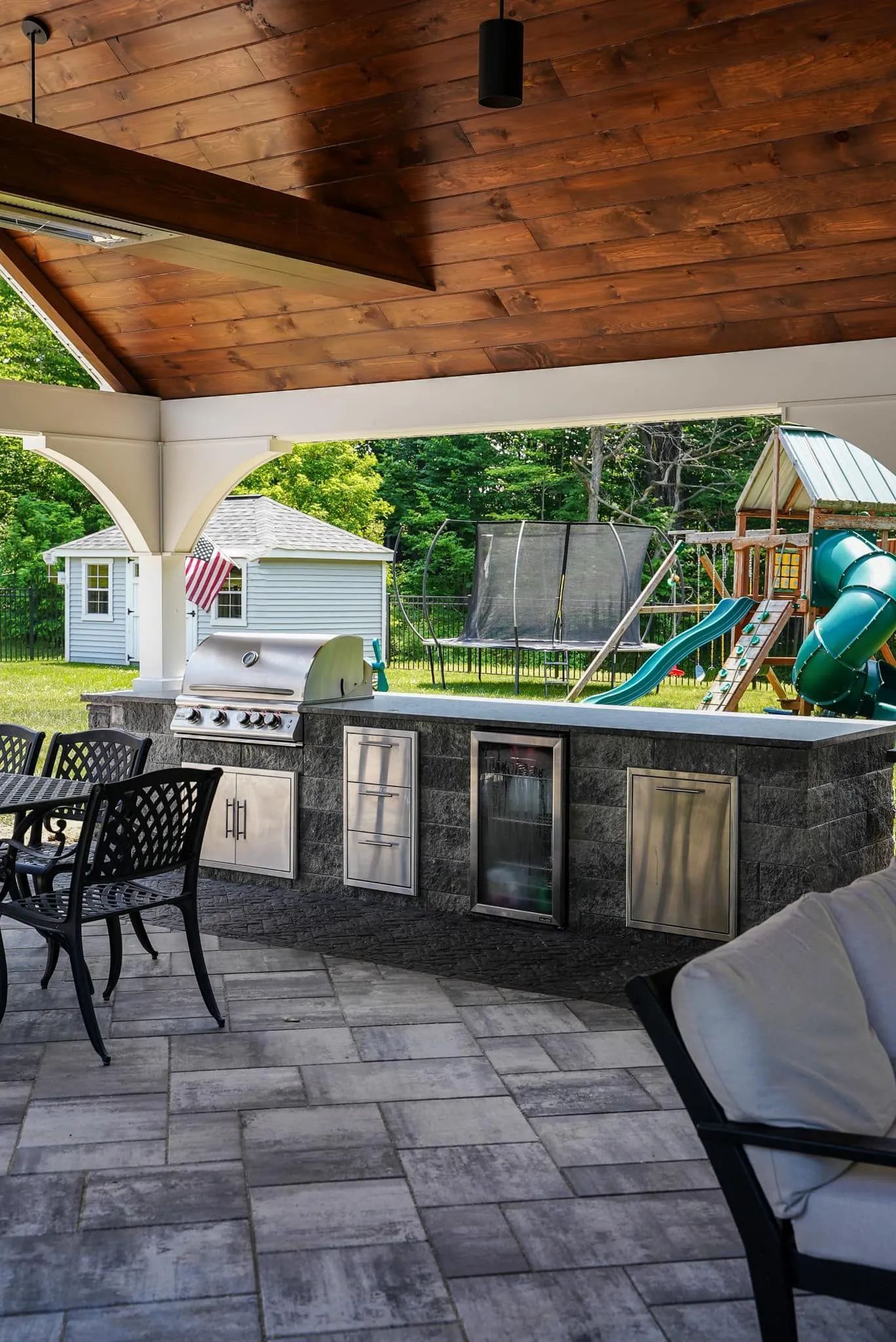Hardscaping vs. Softscaping: Understanding the Key Differences
October 6, 2025

Creating a stunning and functional outdoor space requires more than just planting a few trees or installing a patio. It’s about blending two essential elements—hardscaping and softscaping—to achieve a balanced and harmonious landscape. A well-designed yard not only increases your home’s curb appeal but also enhances outdoor living, supports environmental sustainability, and boosts property value. Whether you're planning a serene garden retreat or a lively entertainment area, understanding the core components of landscaping is crucial. Each design choice—be it a stone walkway or a bed of blooming flowers—plays a distinct role in the final outcome.
To design with intention and impact, it’s important to understand the key differences between hardscaping and softscaping.
What is Hardscaping?
Hardscaping refers to the non-living, structural elements of landscape design. These include patios, retaining walls, walkways, decks, fire pits, driveways, pergolas, and water features like fountains. Made from materials such as stone, wood, concrete, brick, or metal, hardscape components form the backbone of your outdoor environment. They define space, provide structure, and help manage foot traffic and drainage. Beyond their visual appeal, hardscape elements add durability and long-term value to any property.
The Role of Softscaping
Softscaping, on the other hand, encompasses the living aspects of landscaping—trees, shrubs, flowers, grass, soil, and even mulch. These elements bring life, color, and seasonal change to your yard. Softscape features are more dynamic and require ongoing maintenance like watering, pruning, fertilizing, and replacing as needed. They soften the appearance of hardscape elements, create shade and privacy, and contribute to the ecological health of the environment by supporting pollinators and improving air quality.
Key Differences to Note
The primary distinction lies in permanence and maintenance. Hardscaping is generally more permanent and requires minimal upkeep once installed. In contrast, softscaping is more fluid and demands seasonal care. Hardscape features are typically installed first, setting the framework that softscape elements can complement. Additionally, hardscaping helps with functional concerns such as erosion control and space usability, while softscaping enhances aesthetics and environmental value.
How to Harmonize Both for Maximum Impact
An effective landscape design merges both hardscape and softscape in a balanced manner. For example, a stone patio can be bordered with lush flower beds, or a wooden pergola can be accented by climbing vines. The goal is to create a seamless transition between built structures and natural elements, ensuring your outdoor space is not only beautiful but also usable and sustainable. Professional landscapers often use design principles like symmetry, contrast, and focal points to achieve this balance.
Trusted Landscaping Expertise at Your Service
Whether you're looking to install a custom patio or refresh your garden beds, understanding the distinction between
hardscaping and softscaping is essential for creating a cohesive outdoor design. At
High Country Hardscape & Landscape Designs LLC, we bring over 25 years of landscaping expertise to every project in Clifton Park, New York. Our team specializes in integrating stunning hardscape structures with vibrant plant life to bring your outdoor vision to life. Trust us to deliver timeless designs with lasting value tailored to your property’s unique needs.







